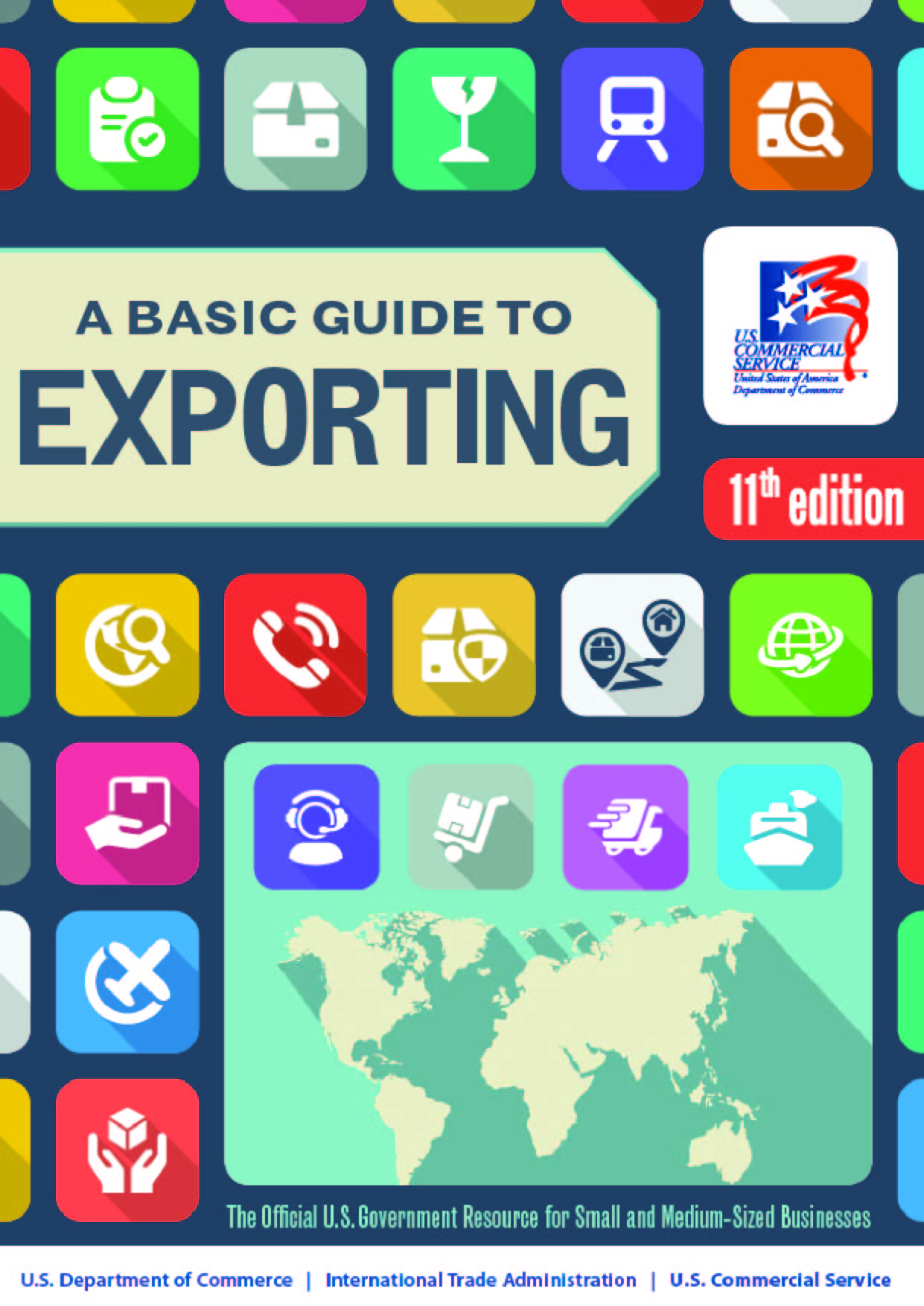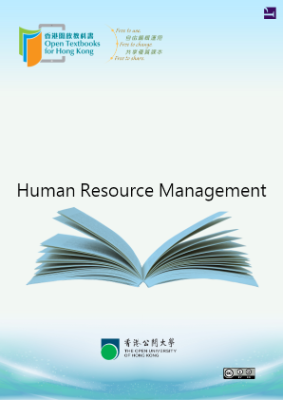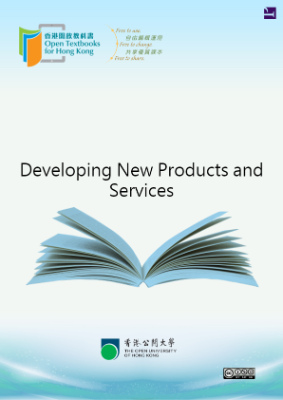What is Five Forces Analysis?
10-13 minutes
Michael Porter developed the Five Forces Model in 1980. Michael Porter’s Five Forces is a powerful competitive analysis tool to determine the principal competitive influence in a market. It is a broadly used model in business that refers to the five important factors that drive a firm’s competitive position within an industry. By thinking through how each force affects you, and by identifying the strength and direction of each force, you can quickly assess the strength of the position and your ability to make a sustained profit in the industry. Thus Five Forces analysis helps you stay competitive by:
- Knowing the strength of these five forces, you can develop strategies that help their businesses be more competitive and profitable.
- Looking at opportunities, you can to strengthen their organization’s position compared to the other players for reducing the competitive pressure as well as generate competitive advantage.
Step-by-Step Five Forces Analysis
Porter’s Five Forces Analysis is an important tool in the project planning stage. Porter’s Five Forces Analysis makes a strong assumption that there are only five important forces that could determine the competitive power in a business situation. Using the following three steps:
1. Identify the different factors that bring about the competitive pressures for each of the five forces:
- Who are the suppliers?
- Who are the customers?
- What are the substitute products?
- Is it difficult to enter this industry?
- Who are the major competitors in this industry?
2. Based on the factors identified, determine if the pressures are:
- Strong
- Moderate
- Weak
3. Determine whether the strength of the five forces is favorable to earning attractive profits in the industry. Using the Five Forces model can help answer the following questions:
- Is the state of competition in the industry stronger than “normal”?
- Can companies in this industry expect to earn decent profits in light of the competitive forces?
- Are the competitive forces sufficiently powerful enough to undermine industry profitability?
Components of Porter’s Five Forces
The Porter’s five forces analysis include the following components:
The bargaining power of suppliers : it represents the extent to which the suppliers can influence the prices. When there are a lot of suppliers, buyers can easily switch to competition because no supplier can, actually, influence the prices and exercise control in the industry. On the contrary, when the number of suppliers is relatively small, they can push the prices up and be powerful. Thus, supplier bargaining power is high when:
- The market is conquered by a few big suppliers.
- There are no alternative products available.
- The supplier customer base is fragmented, making their bargaining power low.
- High switching costs from one to another supplier.
Possibility of supplier integration forward, to obtain higher profits and margins. The bargaining power of Customers : The bargaining power of customers looks at customers’ ability to affect the pricing and quality of products and services. When the number of consumers of a particular product or service is low, they have much more power to affect pricing and quality. The same holds true when a large proportion of buyers can easily switch to a different product or service. When consumers buy products in low quantities, the bargaining power is low. Factors affecting this force are buyer concentration, the degree of dependency on the product, overall bargaining leverage, readily available purchasing information, substitute products, price sensitivity, and total volume of trade. Thus, customer bargaining power is high when:
- Customers procure large volumes.
- The supplying industry consists of several small operators.
- The supplying industry is controlled with high fixed costs.
- The product has substitutes.
- Switching products is easy and simple.
- Switching products does not incur high costs.
- Customers are price responsive. Customers could manufacture the product themselves.











